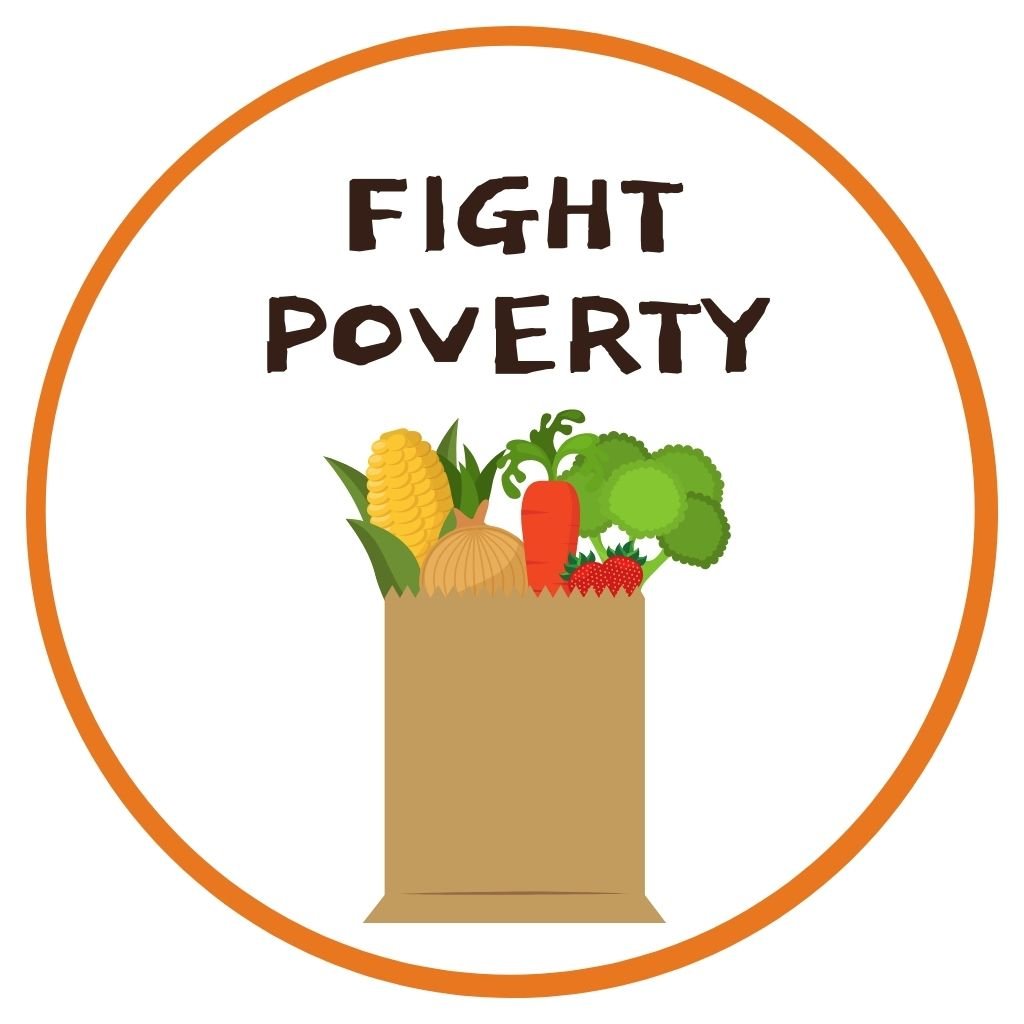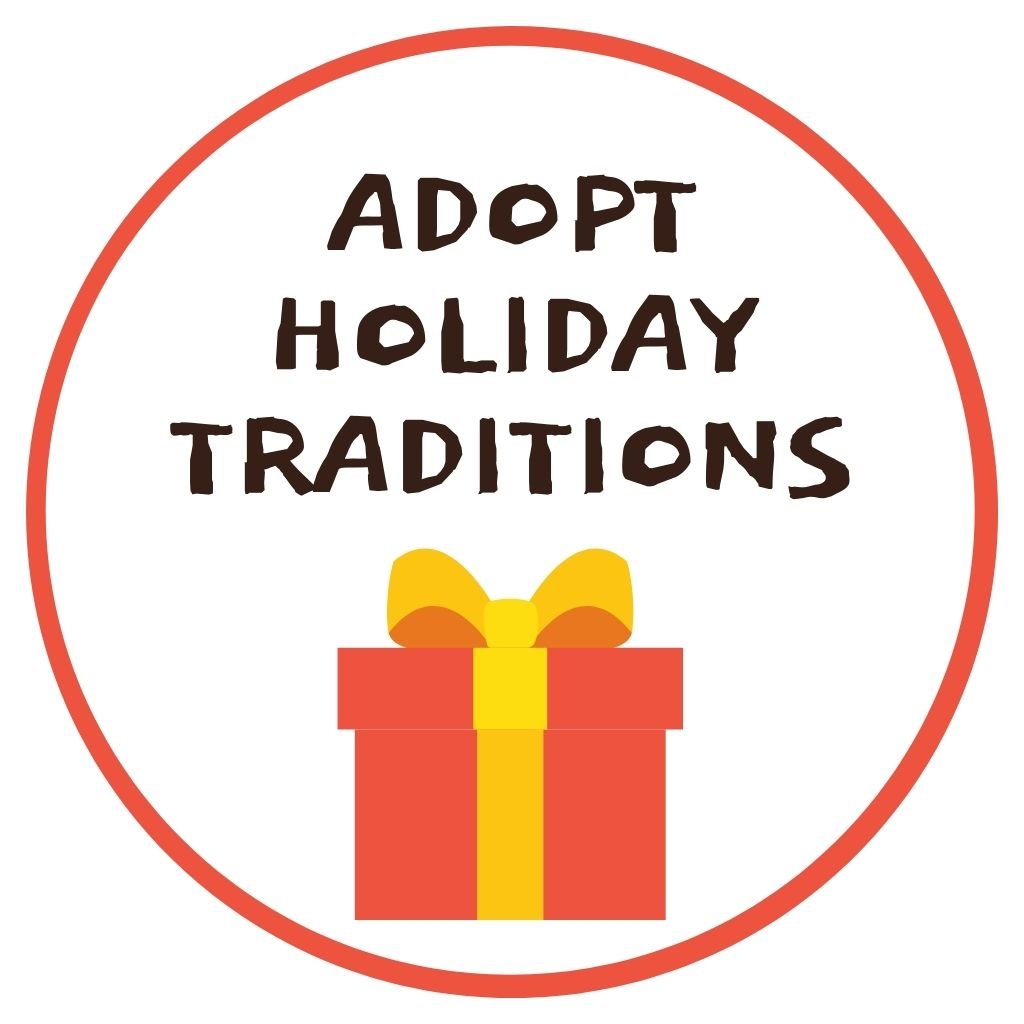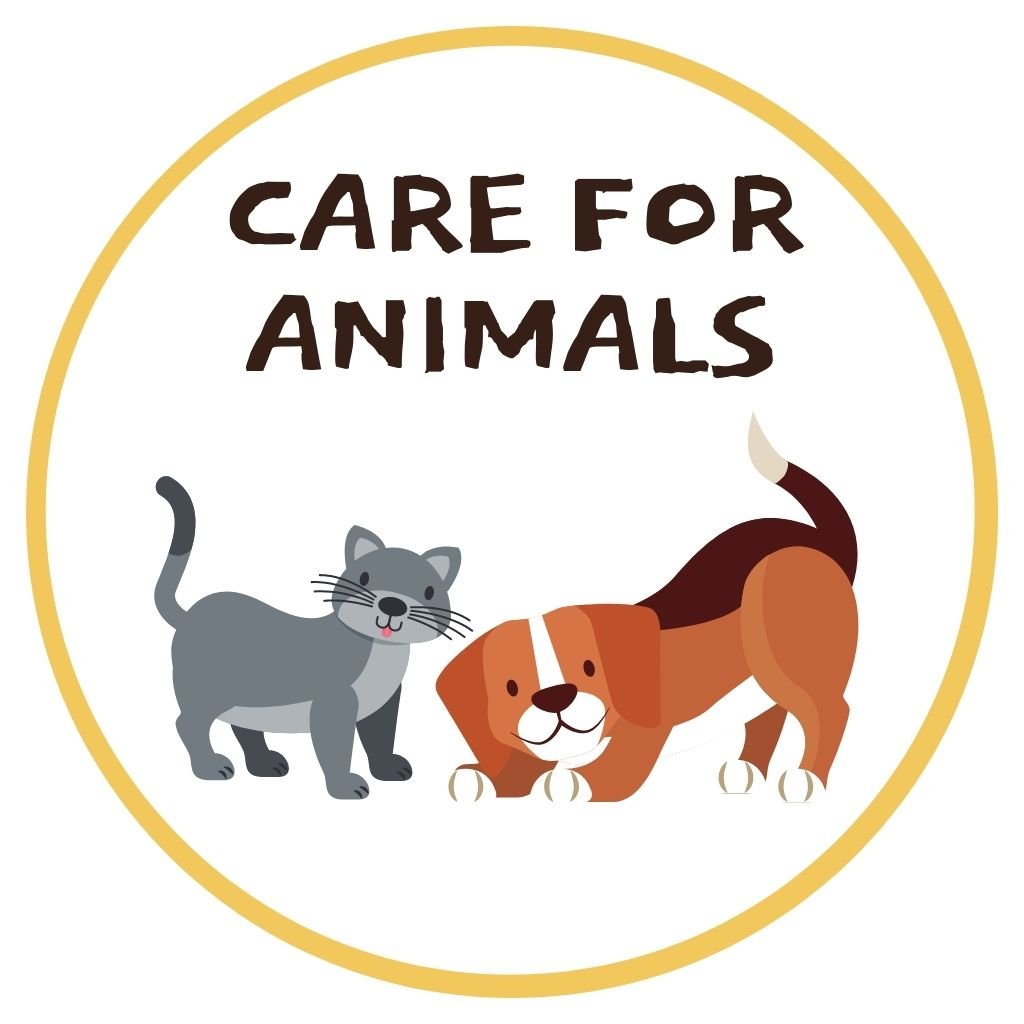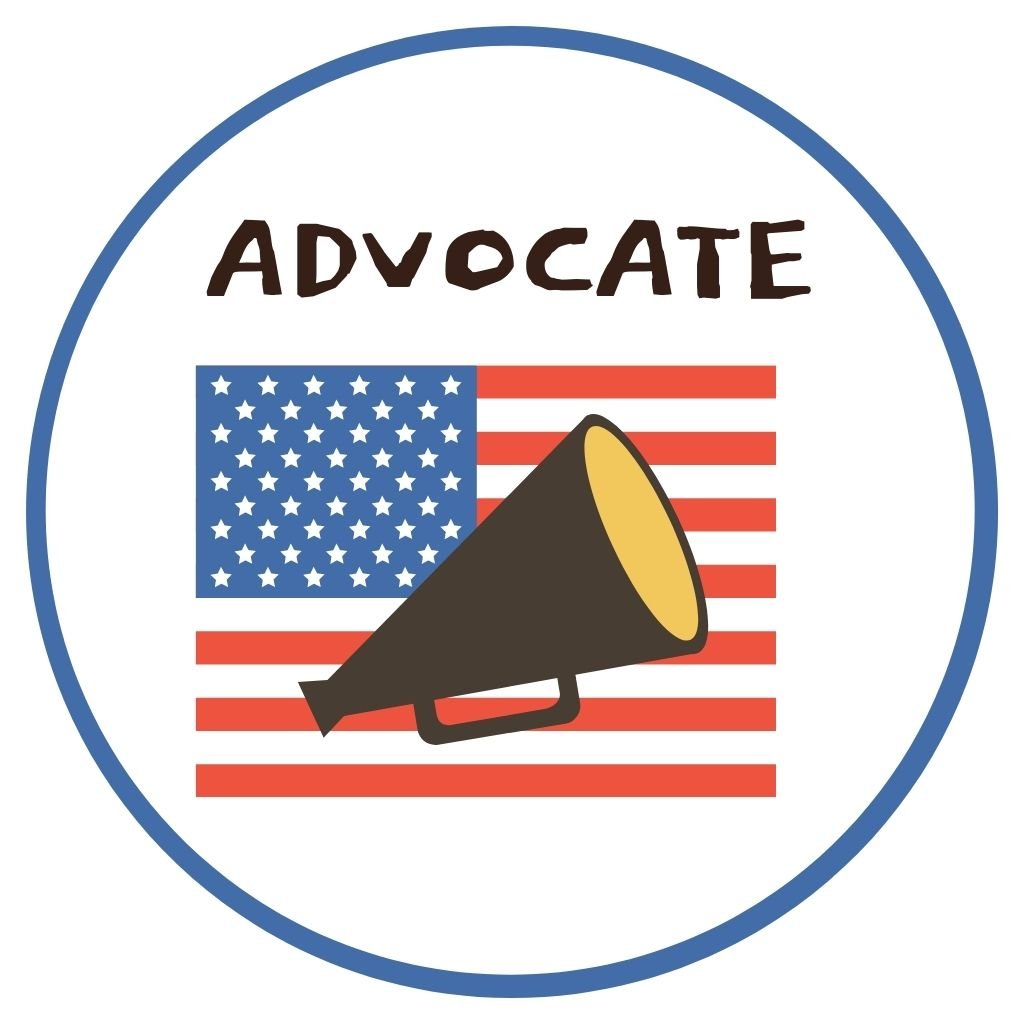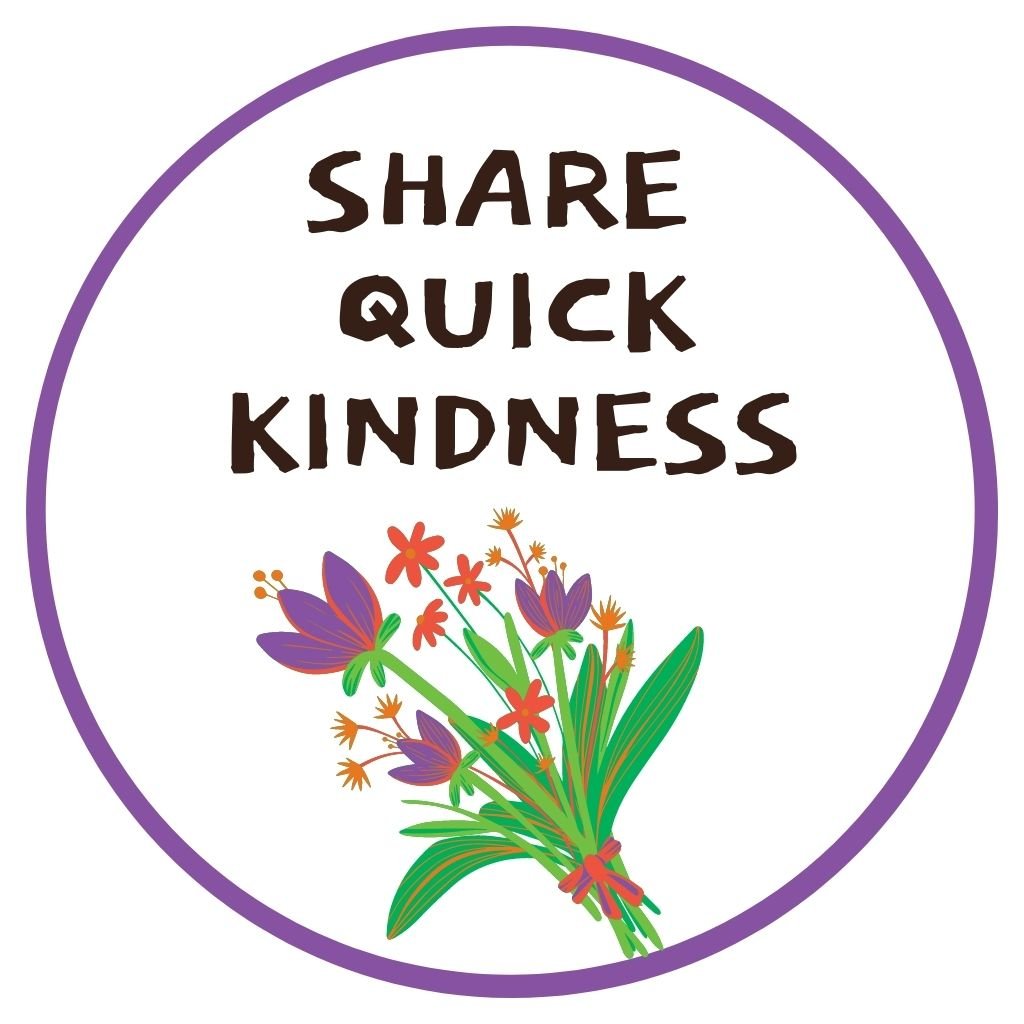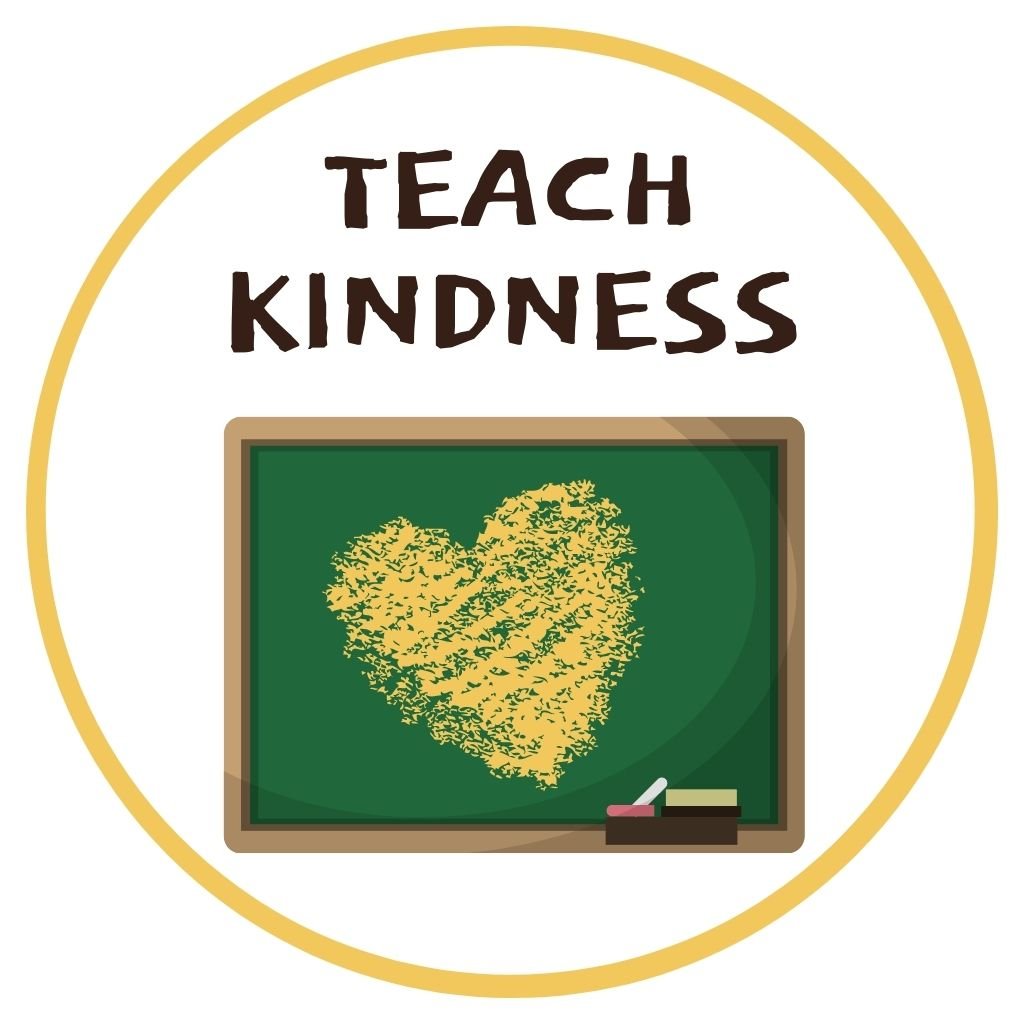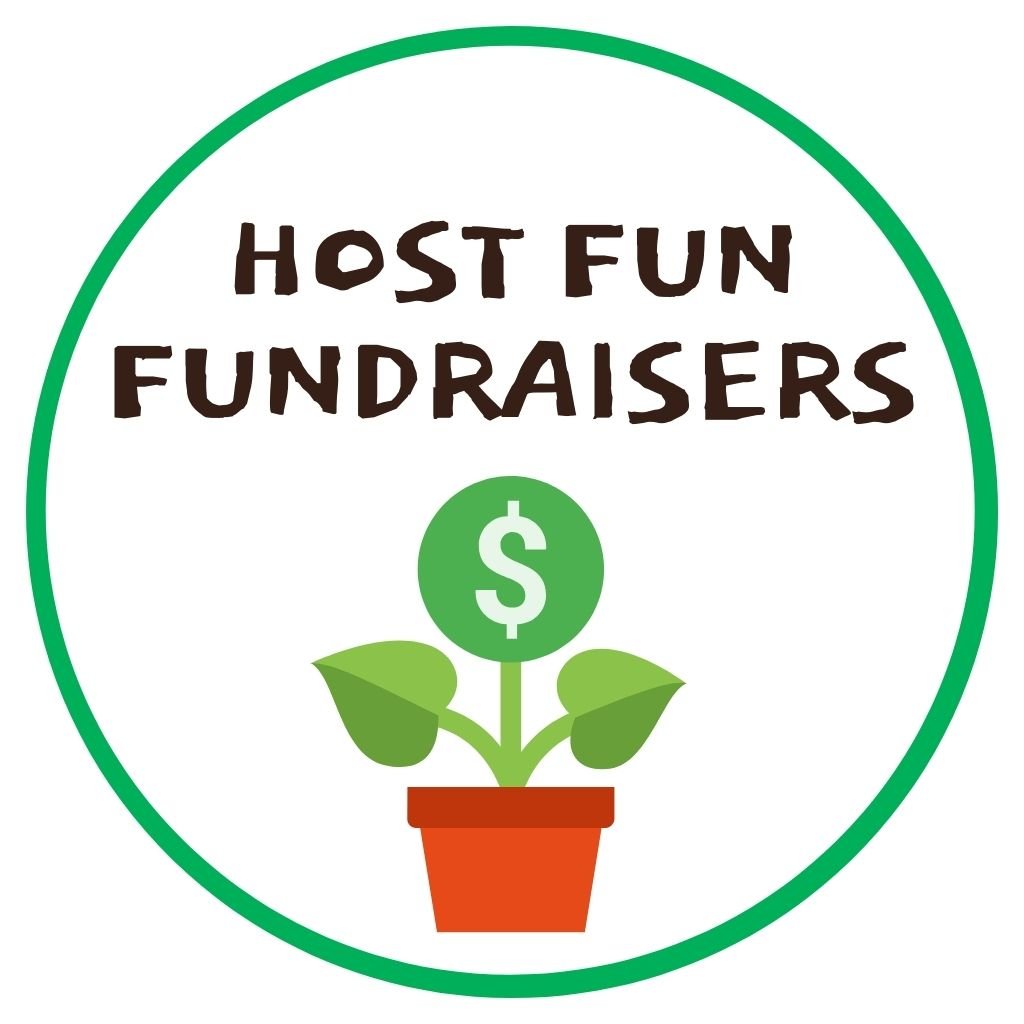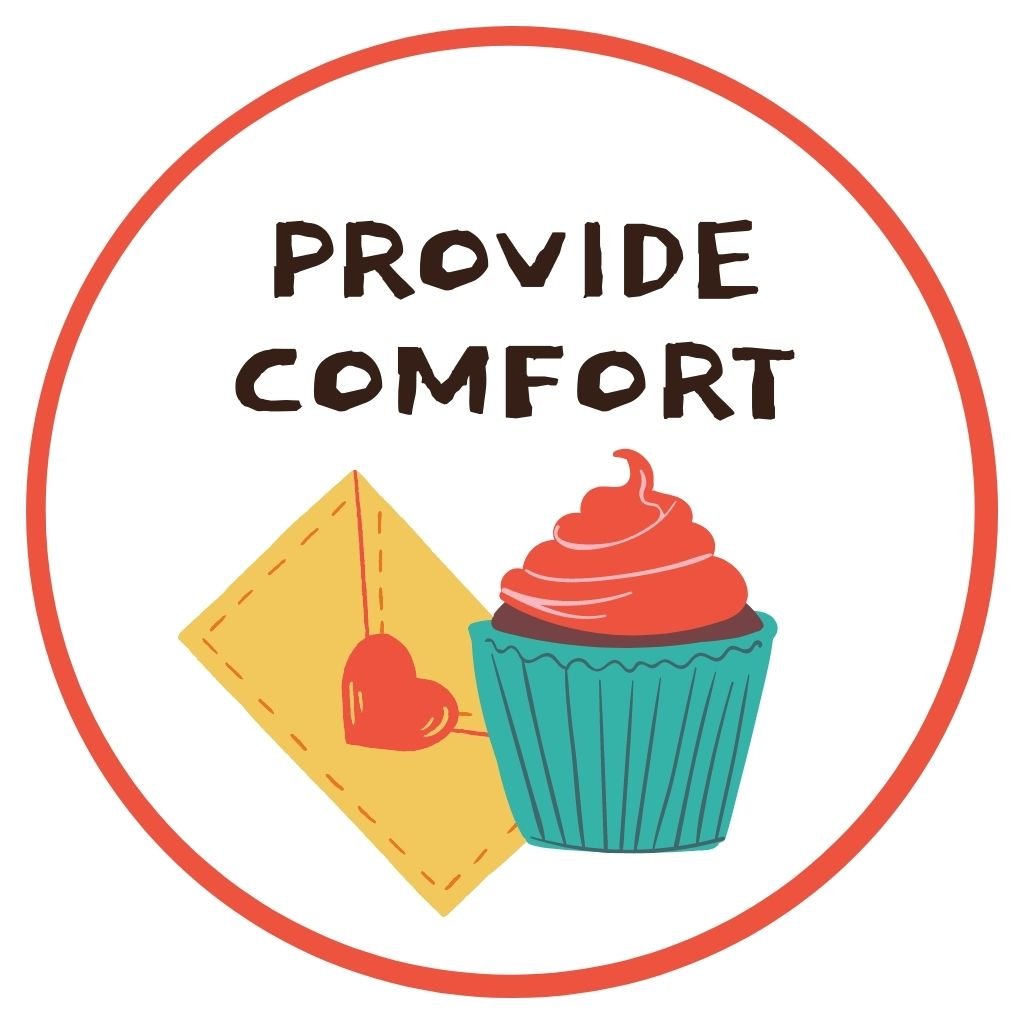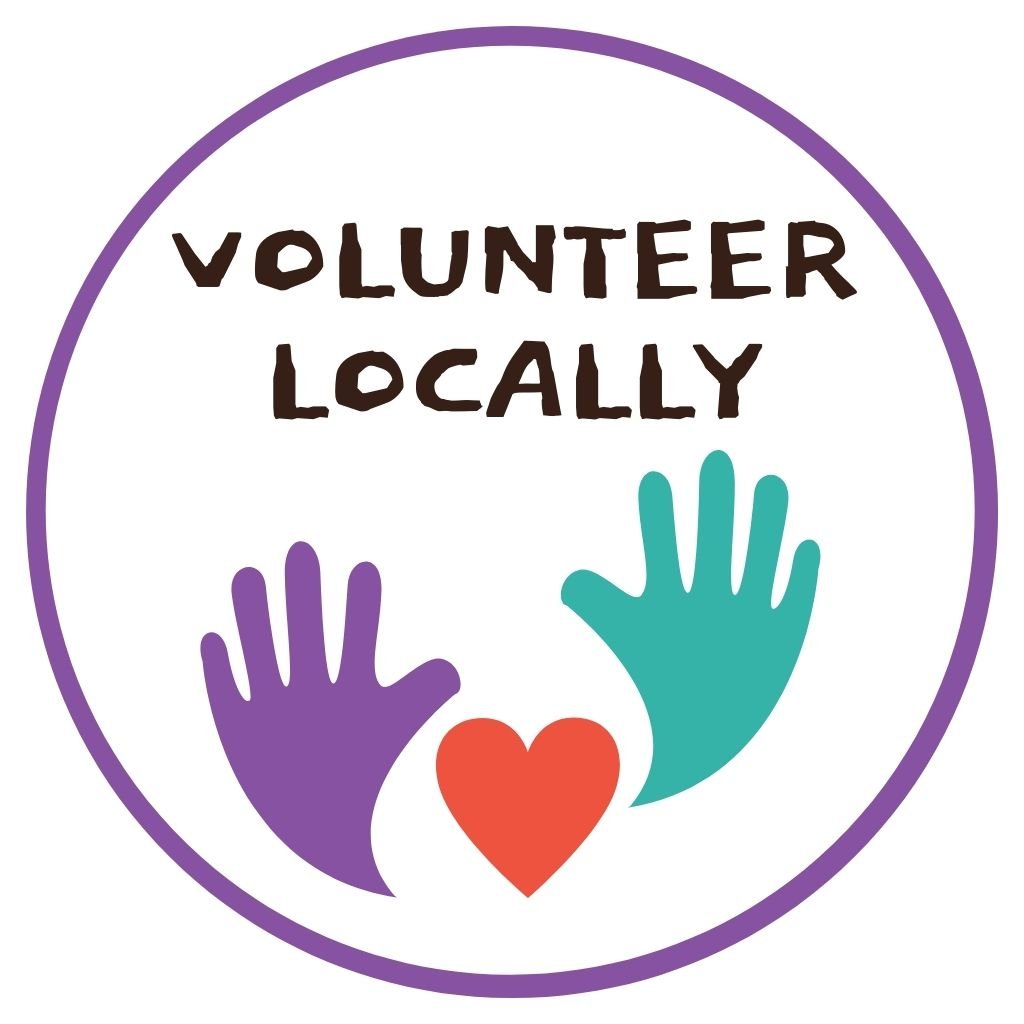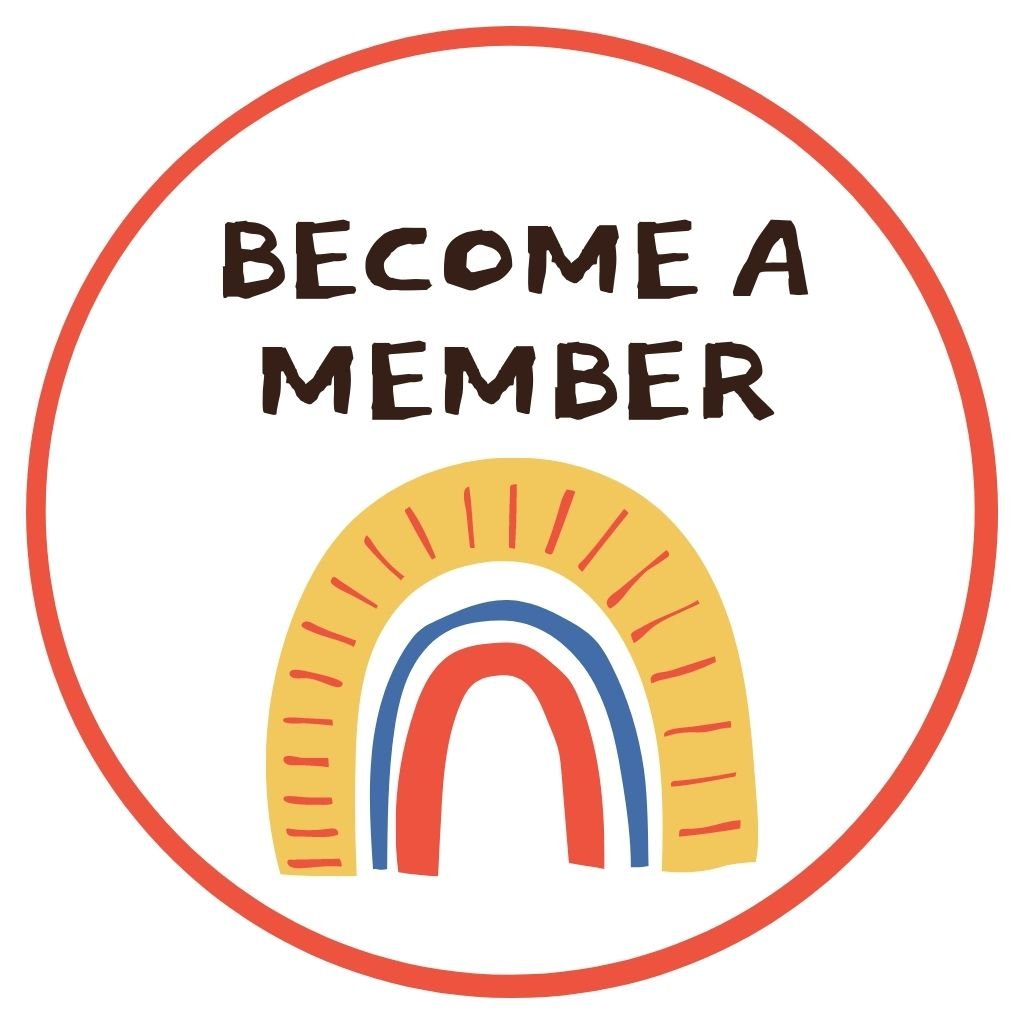Inspiring a Growth Mindset for Kids
How Parents Can Lead by Example
By: Courtney Juvland, early childhood family educator
I recently had a series of stressful events happen in and around my home. Fortunately, none of these things were life-threatening, but they were frustrating, puzzling, expensive, time-consuming, and anxiety-inducing.
In moments like these, even the most confident among us might feel daunted by their lack of specific skills or knowledge needed to reach a favorable outcome. But, in the last few years, I have worked diligently to cultivate a growth mindset and to model that approach for my teenage children.
The basic idea behind this concept is that by using “yet” at the end of a sentence, we reframe our approach to problems and retrain our brains to see challenges as opportunities to learn and grow.
So, “I have never triaged a broken air conditioning unit… yet, and “I don’t know how to fix a refrigerator… yet” are examples of recent mantras that have sent me into a headspace of curiosity and willingness to learn instead of shutting me down.
For all humans across the lifespan, confidence comes from a feeling of competence, which can be grown at any age with the proper mindset.
One of the tenets in early childhood education is that what we adults say to and around our young people day to day eventually becomes their inner voice.
Two famous Dr. Beckys (Bailey and Kennedy) have built their methods/practices around this very notion–it is powerful (if daunting) stuff. It can help us build skills in young people for regulation, problem-solving, and other executive functions that add up to real-life superpowers… not to mention a strong sense of competence and identity.
How to Insipre a Growth Mindset for Kids
In moments of difficulty, what does your inner voice tell you? Do you say these things out loud to yourself in the presence of your children or reflect aloud when you see THEM struggling? Do you respond with language that is connecting and affirming? Here are some ideas and examples to help you:
1. All feelings are valid.
I might feel frustrated by my flat tire, and I can certainly give voice to frustration (in a non-explosive way, for best results.)
Try saying, “I was not expecting this challenge today; it’s really frustrating to walk into the garage and see my tire is flat!”
2. Feelings and behaviors are related, but different.
Being frustrated doesn’t mean my behavior has to reflect futility, though. Part of Doing Good Together is seeing what behaviors/actions are possible even in difficult times. Resilience is the name of the game!
Try saying, “I’ve got options to fix this problem; because I have time today, I’m going to try to learn how to change my spare tire and bring this flat to the shop.”
If your initial response was… less calm, it’s okay to circle back to it in conversation later.
Try saying, “Wow, I was really mad when I first saw that flat! I shouted, and it felt good for a few seconds, but then I didn’t feel good about it. So, I decided to take some big breaths and try to think of some different ideas.”
3. Lean into the power of “... yet.”
As I said in the beginning, a big script idea I got for flipping my mindset into growth/learning was to apply the word “... yet” to any of my inner voice statements that was less than affirming (that’s a polite way of saying my inner voice was set at “you’re a big failure!”)
I’d never changed a tire… yet. It was a skill I hadn’t learned earlier, in part because I didn’t take the opportunity. Now I had one, and I was going to Internet University to figure out how to tackle the problem.
4. Let your children bear witness.
If our children don’t have the chance to see and hear adults approach these obstacles from a learner perspective, they might just grow up with the fixed mindset idea that you either have a skill/knowledge or you don’t.
This is why if you’re calm enough to allow them the chance to hear your inner monologue/process it can be an invaluable insight into the lifelong nature of growth and learning! Don’t send the kids to their room – if they’re able to stay safe in the specific situation, they can be a witness to your resilience and that will become part of their inner voice in time.
Try saying, “Mom was pretty frustrated by the problem, but she brainstormed some ideas and tried some new things today.” Narrate the whole process with transparency and generosity.
Afterwards, you can talk about times they ran into obstacles, but wound up learning something new.
Try saying, “I felt as frustrated as you seemed when you were working on that science project. Remember that? But. then. we came up with three ideas and watched some videos to see if we could figure it out, and we did!”
5. Connected, capable people want to help.
When children feel connected to the emotions of others, they have an empathetic response. When they have executive function skills like flexible thinking and problem-solving, they feel like they have a role in making a change.
Raising children who feel capable is key to raising families who Do Good Together. Showing our children that they are, at their core, lifelong learners who are capable will likely, also, help them build a helper identity (stay tuned for a future post on that topic)!
I am not a contractor or a mechanic! In these recent challenges, I did not have any training beyond what I found online. But, with a learner identity, armed with libraries, the internet, and a will, I feel I can find a way.
Even when confronted with a new obstacle in my professional realm, I pair my experience and training with research. I see this approach continuing to grow in my children, as well, and in the families with whom I work. In taking the time to cultivate a growth mindset and instilling an identity as constant learners, we give all our children a gift of potential.
If you like our free stuff, you’ll love our membership program!
Join today and we’ll help you keep kindness on your family calendar all year long, now with access to DGT’s popular member’s only e-books.
Browse our Pick-a-Project collection!
Disclaimer: Doing Good Together™ is a participant in the Amazon Services LLC Associates Program, an affiliate advertising program designed to provide a means for sites to earn advertising fees by advertising and linking to Amazon.com.
The recommendations we offer are based solely on our mission to empower parents to raise children who care and contribute.






